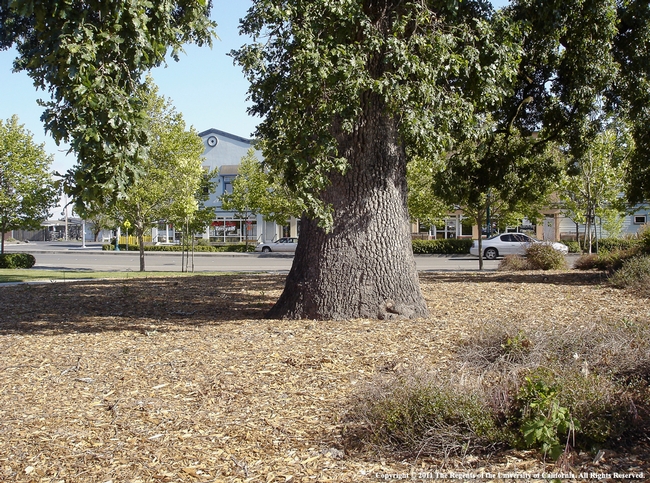To Fertilize or Not to Fertilize
One of the most interesting talks at the Landscape Below Ground Conference in Chicago in October was given by Daniel Herms of Davey Tree Company. His lab looked at the effects of fertilizers, growth regulators, and high and low nitrogen mulches (compost vs. chipped pallet wood) on growth, drought-tolerance, and pest and disease resistance in trees.
A general trend emerges from each experiment- when trees are given more nitrogen than is found in the native soil, extra top growth results. The question is this: is this a good thing? You may have a larger canopy, but at what price? In fact, it turns out this is not a good thing.
When top growth is produced out of proportion to root growth, you end up with a tree that is unstable in the landscape. When trees are allowed to grow at their natural pace, they will adjust and balance their canopy growth and root growth through a series of feedback mechanisms between roots and shoots. When you "juice" the canopy growth with readily available nitrogen, you get a top-heavy tree prone to toppling in wet-soil/high-wind situations. And, of course, if you have more leaves than roots, you become less tolerant of drought conditions as well, since your leaves will demand more water than your root system can provide.
Another by-product of fertilization is an abundance of lush, tender foliage that is attractive and susceptible to insect pests. In normal conditions, many plants will produce compounds that give them a degree of resistance to pest attacks, whether insects or diseases. But under the luxurious conditions produced by fertilizer applications, the plants will sacrifice producing these compounds in favor of more lush leaves. It's sort of like over-feeding them and making them fat, lazy, and prone to invaders. The result is that, at least in the species examined, trees were more prone to both insects and disease when fertilized - just the opposite of what many people believe!

The bottom line is this: if you are doing pre-plant soil preparation, adding compost and tilling it in to improve soil structure and organic matter content is a great practice that gets trees off to a good start and sets them up for longevity. After you plant, an uncomposted, chipped wood product is best for a mulch top-dressing. This product will break down slowly contributing additional organic matter at a rate that does not compete with soil microbes and doesn't add too much nitrogen to the tree's growing environment.
This is good news! You don't really need to spend any of your budget on fertilizers for your trees (and I should add that the same goes for woody shrubs), and the best mulch is the relatively inexpensive and readily available chipped wood available from any tree-trimming company or agency! Not only are you doing your landscape a load of good, you are also keeping organic waste out of the landfill!